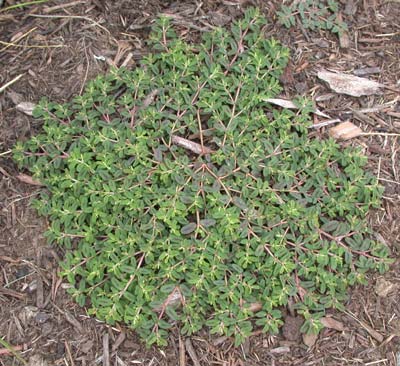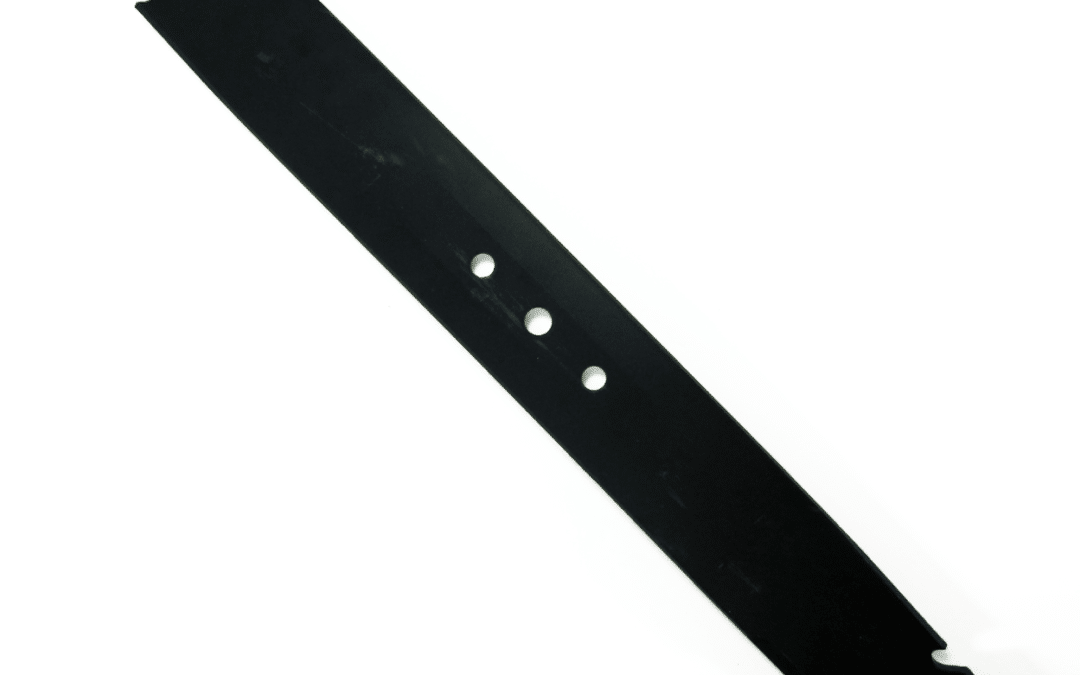Mowing in High Heat
Is difficult on your equipment and your lawn. As temperatures rise and precipitation decreases, grass begins to yellow, patches emerge and summer weeds crawl across the weak points of your lawn. Follow these simple practices to prevent issues.
Perform a quick tune up
Engines, crankshafts, spindles and belts can be stressed by high temperatures. To help your lawnmower hold up to the heat,
- ensure your oil is clean and at the proper levels
- clean or replace your air filter
- add a fuel stabilizer to your fuel
- make sure you cycle through your fuel quickly (learn why)
- sharpen or replace your blade(s) (shop sale!)
- Clean your mowing deck frequently
- Our Tune Up Kits offer all the parts you need (shop here)
A sharp blade keeps grass healthy
Cutting cleanly through grass plants sharp blades prevent water loss. Dull blades rip plants unevenly. Damaged grass losses more water. When you see yellow tips across your lawn, you know your blade needs to be sharpened or replaced. (New blades ship free)
Raise your mowing deck
Let grass grow a little longer during the hot months. Grass plants tend to thin out during the summer and fescues (the most common summer grass in blended lawns) are most healthy when cut taller than 3 inches. Taller grass also holds moisture on the soil surface and provide shade for the soil and root system.
Early morning mowing and irrigating
Is easier on equipment, grass and soil. Mowing when conditions are cooler allows grass plants and soil to recover. Grass plants lose moisture when blades cut through them. Morning dew combined with irrigation will help grass recover before temperatures rise. Watering your lawn in the morning also allows a complete day for any excess moisture to evaporate. This prevents funguses that thrive in excessively damp conditions.
Watch for summer weeds
Identifying species of weeds in your lawn helps with treatment and future prevention. Common and Dangerous Summer Weeds include
- Annual bluegrass – While this weed appears in the spring, it may blend in with the rest of your grass. If you note a brown-out of the lawn, especially in compacted, infertile soils, this weed is probably the culprit. This light green plant quickly disperses seeds. So, rake these areas before mowing and bag to prevent the spread of seeds. The easiest way to prevent and control this weed is aeration and seeding in the fall and spring.

- Prostrate Spurge – This warm season plant thrives in heat and drought conditions. It grows low to the ground choking nearby grasses. Most deceptive, a long taproot makes eradication difficult. As with all weeds, research the best method of extraction before attacking this weed.

Find Weak Points in your lawn
High traffic areas where children or pets play often become bare during the summer. As well turf near streets, driveways and sidewalks may brown from the excess heat created by concrete and asphalt. There are many products that help to cover these patches but summer is a tough time to heal these areas. If you make note of the weak points in your lawn during the summer, then you know where to add grass seed, additional fertilizer and new soil during fall and early spring feeding times.


Recent Comments